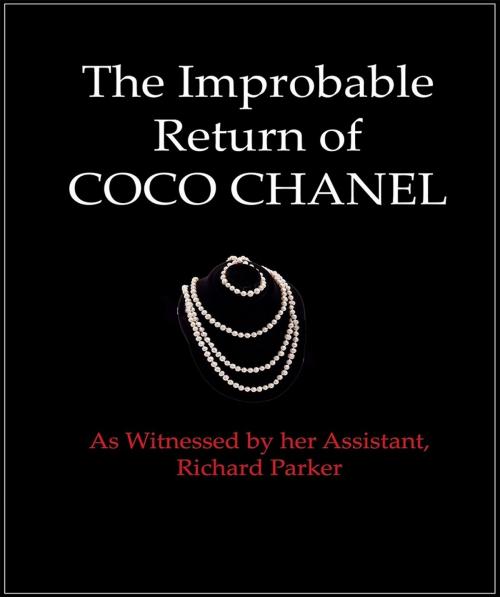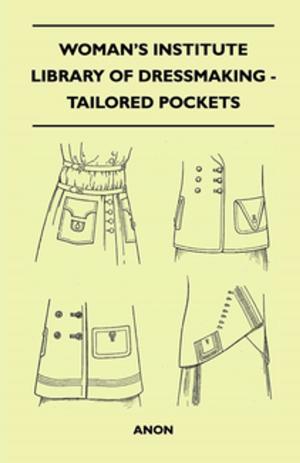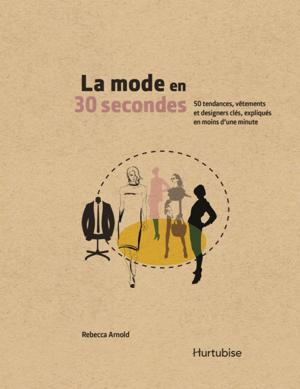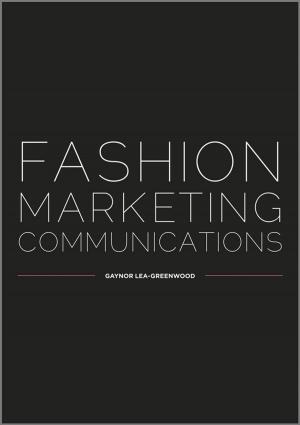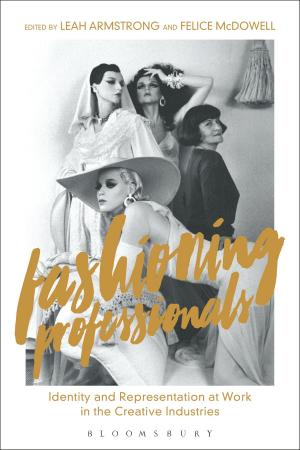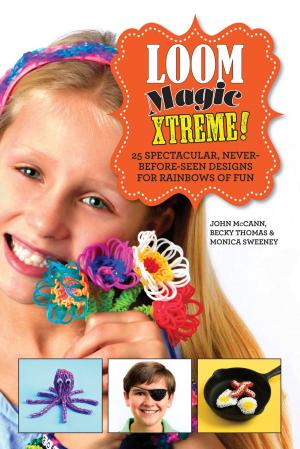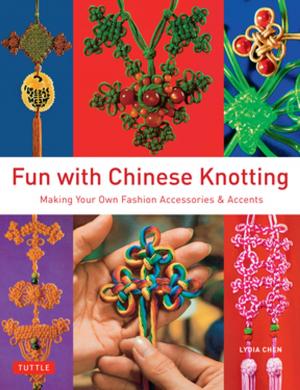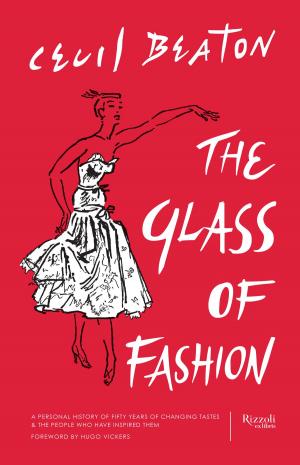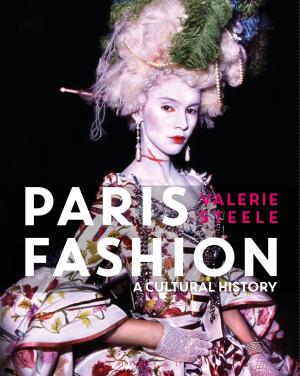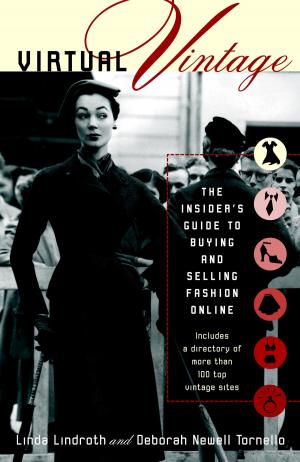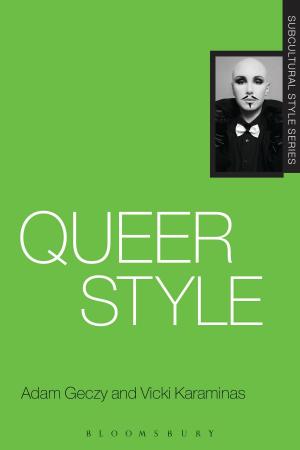The Improbable Return of Coco Chanel
As Witnessed by Her Assistant, Richard Parker
Nonfiction, Art & Architecture, General Art, Graphic Art & Design, Textile & Costume, Criticism, Fashion| Author: | Richard Parker | ISBN: | 9781938517136 |
| Publisher: | EBook Bakery Books | Publication: | October 25, 2012 |
| Imprint: | EBook Bakery Books | Language: | English |
| Author: | Richard Parker |
| ISBN: | 9781938517136 |
| Publisher: | EBook Bakery Books |
| Publication: | October 25, 2012 |
| Imprint: | EBook Bakery Books |
| Language: | English |
An inexperienced young army veteran starting his career, that was me, and an aging fashion icon, that was Coco Chanel. An unlikely combination, but fortunately we worked well together. It all began in 1953, when at age seventy she was asked to leave retirement in Switzerland to become the creative director for a new showroom and office for Chanel Perfumes under construction in New York. It was to be an art-filled edifice that would mirror her opulent apartment on the Rue Cambon in Paris. By a strange twist of fate I became her assistant on this project. To make it even stranger, I had no experience in either interior design or working with a celebrity, and I spoke only a smattering of French. For Coco Chanel it was an opportunity to be back at work, using her incredible creative talents once again. For me it became a plunge into an exotic atmosphere, replete with unpredictable challenges. Working closely with Coco Chanel was complicated and fascinating in itself, but I also found myself involved in a turf war at the showroom. The contest was between two alpha males: Gregory Thomas, the powerful Chairman of Chanel America; and my boss, Tom Lee, the celebrated designer, over their relationship with Coco Chanel. The dispute left me in a rather precarious spot, but the upside was the creation of my position as Mademoiselles assistant. I started on the project as an abject beginner, but as time went on, my standing in the creative process improved. Eventually, the installation of fabulous works of art in the showroom became, in good part, my responsibility, thanks to the machinations of Gregory Thomasalways, of course, under the intense supervision of Mademoiselle Chanel. Even though intimate aspects of Coco Chanels life are openly discussed, details of her creative focus in 1952, on the Chanel Perfume Showroom in New York, are almost unknown. Perhaps even less understood is how Mademoiselles involvement in that showroom saved her return to haute couture from disaster. As there are few aware of this most consequential aspect of her career, I have written at some length about her New York experience. I also discuss, under the heading of More Chanel, several significant episodes in Coco Chanels life which I was not part of, but which have been either ignored or incompletely reported. I learned about these events through conversations with people living in France at that time, and from decades of research. Much of my information comes from personally working with Mademoiselle Chanel, more from Gregory Thomas, and some from others at Chanel. My good friend, foreign correspondent, author and essayist, Hillel Bernstein, provided extensive background material. He worked for an American newspaper in Paris in the 1920s and wrote about that period for Esquire and other publications. During World War II, because of familiarity with colloquial French and knowledge of how the French government operated, he was selected by the Office of War Information to make daily broadcasts to the French Resistance with messages containing coded information. After the war, Hillel returned to Paris and wrote about conditions there in a series of articles for The New Yorker. I met him when he returned to New York and we became fast friends. We spent many hours discussing his experiences: fascinating stories that opened the door for me to historic events in evolving Post-War Europe. Most importantly, these discussions provided background information on how Coco Chanel fit into the history and legends of the time, both before the war and afterward. The rest of my information was gleaned from pertinent obituaries and numerous books and articles, both trade and consumer, concerning the activities of La Grande Mademoiselle. I began collecting this material over 60 years ago, shortly after the showroom was completed in 1953, and have gathered it ever since.
An inexperienced young army veteran starting his career, that was me, and an aging fashion icon, that was Coco Chanel. An unlikely combination, but fortunately we worked well together. It all began in 1953, when at age seventy she was asked to leave retirement in Switzerland to become the creative director for a new showroom and office for Chanel Perfumes under construction in New York. It was to be an art-filled edifice that would mirror her opulent apartment on the Rue Cambon in Paris. By a strange twist of fate I became her assistant on this project. To make it even stranger, I had no experience in either interior design or working with a celebrity, and I spoke only a smattering of French. For Coco Chanel it was an opportunity to be back at work, using her incredible creative talents once again. For me it became a plunge into an exotic atmosphere, replete with unpredictable challenges. Working closely with Coco Chanel was complicated and fascinating in itself, but I also found myself involved in a turf war at the showroom. The contest was between two alpha males: Gregory Thomas, the powerful Chairman of Chanel America; and my boss, Tom Lee, the celebrated designer, over their relationship with Coco Chanel. The dispute left me in a rather precarious spot, but the upside was the creation of my position as Mademoiselles assistant. I started on the project as an abject beginner, but as time went on, my standing in the creative process improved. Eventually, the installation of fabulous works of art in the showroom became, in good part, my responsibility, thanks to the machinations of Gregory Thomasalways, of course, under the intense supervision of Mademoiselle Chanel. Even though intimate aspects of Coco Chanels life are openly discussed, details of her creative focus in 1952, on the Chanel Perfume Showroom in New York, are almost unknown. Perhaps even less understood is how Mademoiselles involvement in that showroom saved her return to haute couture from disaster. As there are few aware of this most consequential aspect of her career, I have written at some length about her New York experience. I also discuss, under the heading of More Chanel, several significant episodes in Coco Chanels life which I was not part of, but which have been either ignored or incompletely reported. I learned about these events through conversations with people living in France at that time, and from decades of research. Much of my information comes from personally working with Mademoiselle Chanel, more from Gregory Thomas, and some from others at Chanel. My good friend, foreign correspondent, author and essayist, Hillel Bernstein, provided extensive background material. He worked for an American newspaper in Paris in the 1920s and wrote about that period for Esquire and other publications. During World War II, because of familiarity with colloquial French and knowledge of how the French government operated, he was selected by the Office of War Information to make daily broadcasts to the French Resistance with messages containing coded information. After the war, Hillel returned to Paris and wrote about conditions there in a series of articles for The New Yorker. I met him when he returned to New York and we became fast friends. We spent many hours discussing his experiences: fascinating stories that opened the door for me to historic events in evolving Post-War Europe. Most importantly, these discussions provided background information on how Coco Chanel fit into the history and legends of the time, both before the war and afterward. The rest of my information was gleaned from pertinent obituaries and numerous books and articles, both trade and consumer, concerning the activities of La Grande Mademoiselle. I began collecting this material over 60 years ago, shortly after the showroom was completed in 1953, and have gathered it ever since.
